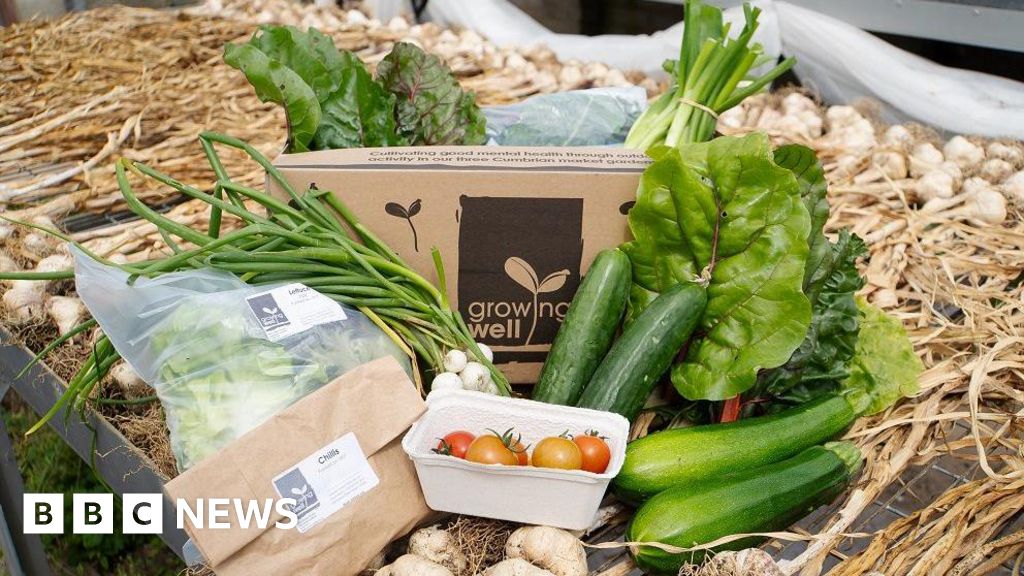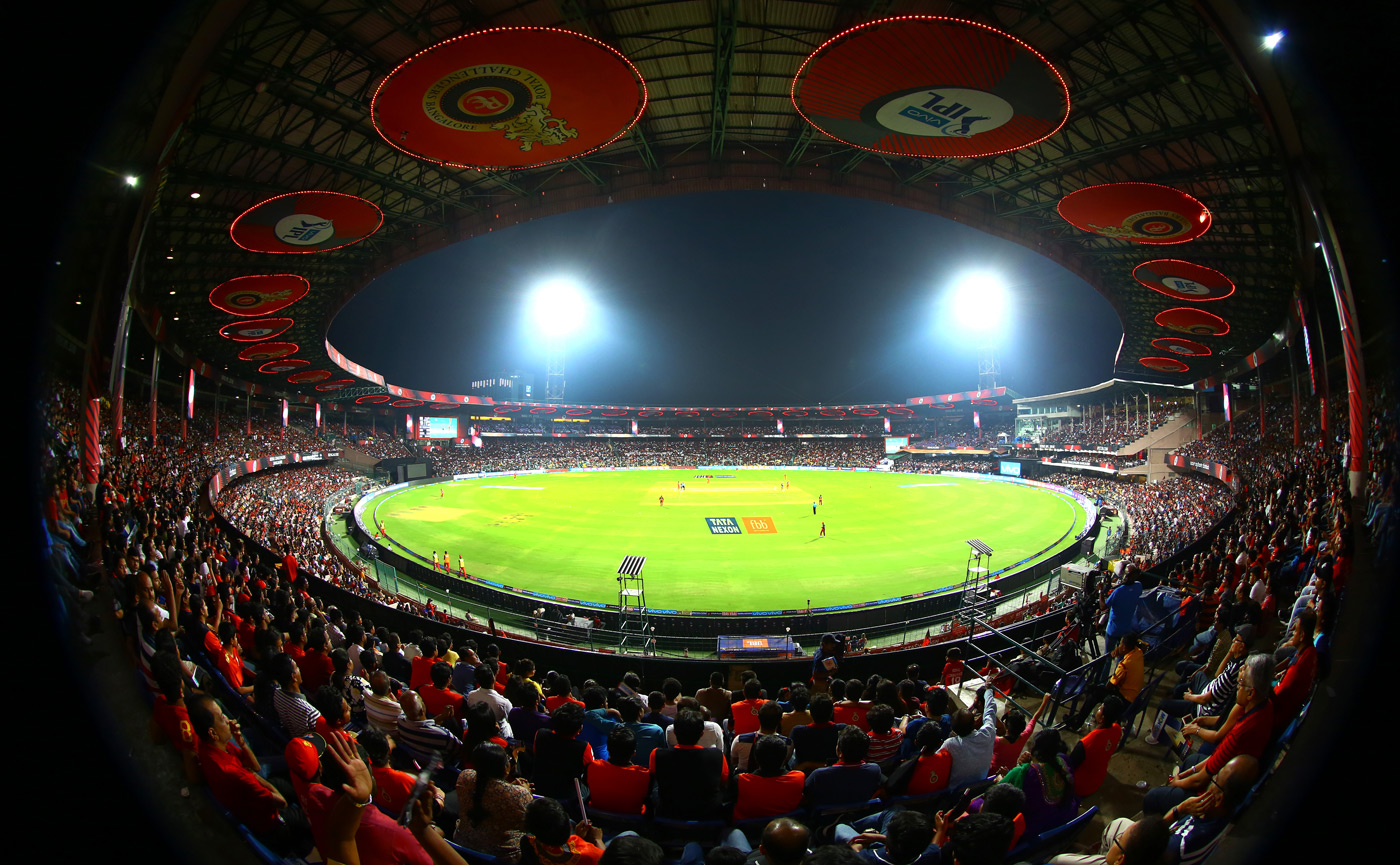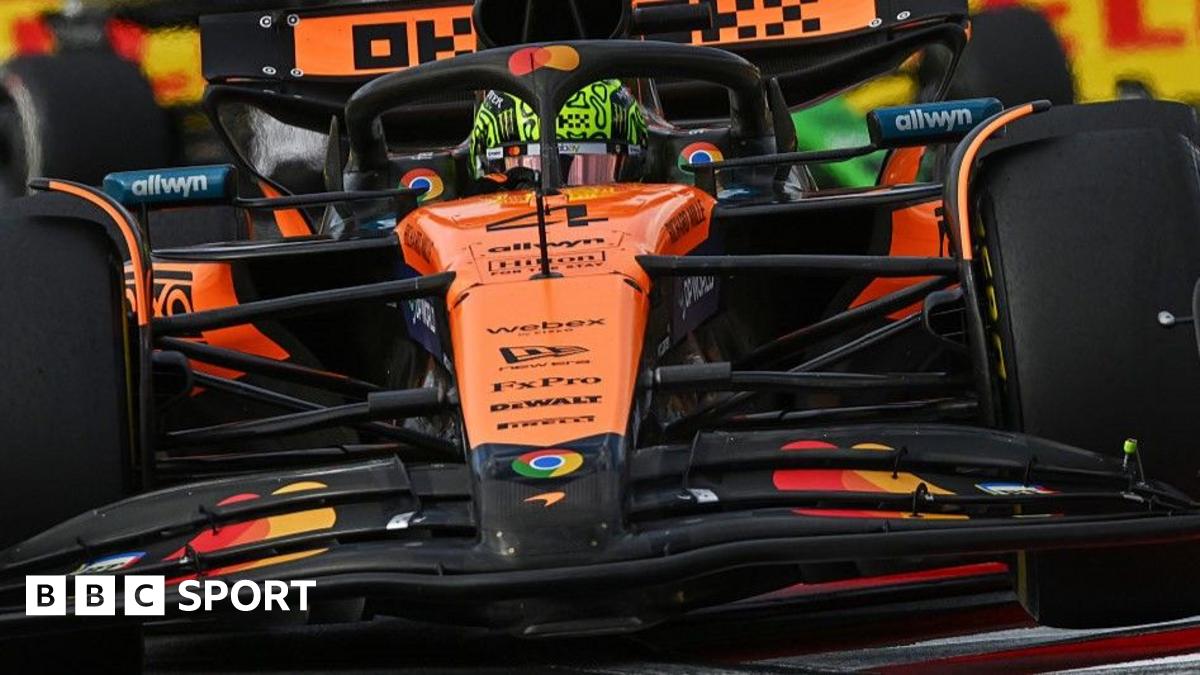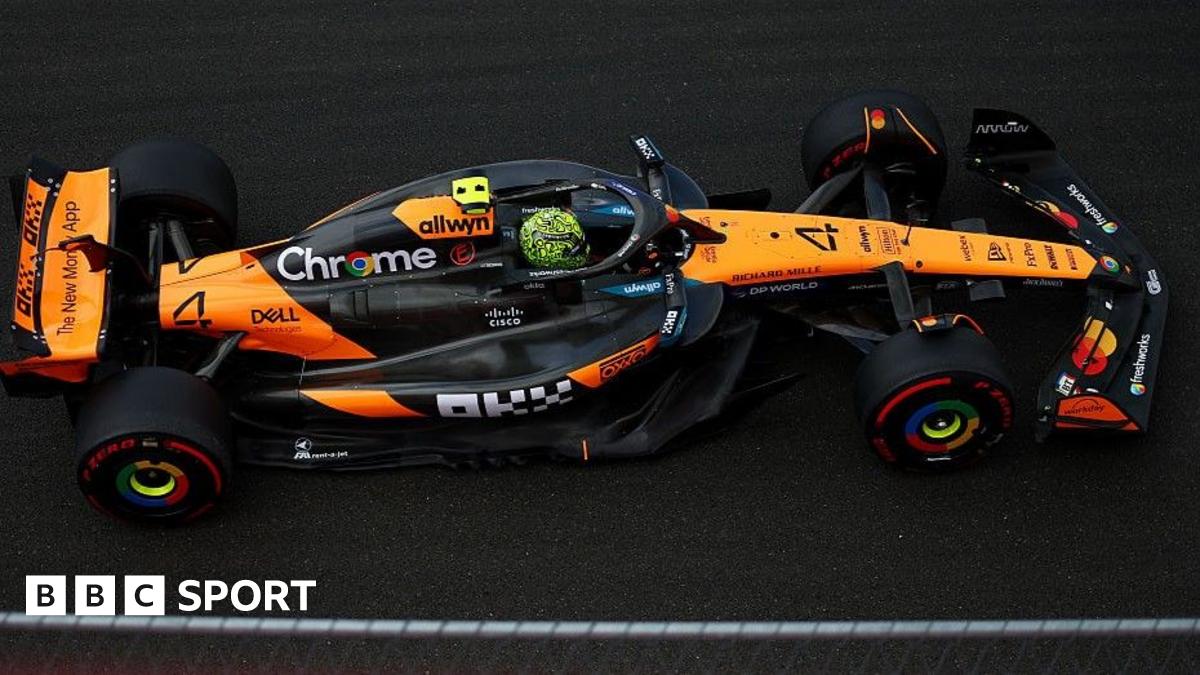What Is a Food POS System and How Does It Function?

A food POS system is a crucial tool for modern restaurants, integrating hardware and software to streamline operations. It allows you to manage orders, track inventory, and process payments efficiently. This system handles various order types, such as dine-in, takeout, and online, ensuring seamless communication between the front of house and kitchen staff. Comprehending how these systems function can greatly improve operational efficiency and customer satisfaction in your establishment. Let’s explore the key features and benefits further.
Key Takeaways

- A Food POS system combines hardware and software to manage restaurant operations, including sales tracking and customer data management.
- It facilitates various order types, such as dine-in, takeout, and online, improving order accuracy and payment speed.
- Key features include real-time inventory management, automated order entry, and integration with kitchen display systems for efficient communication.
- Payment processing options include cash, credit cards, and contactless payments, streamlining transactions and enhancing customer convenience.
- Advantages include real-time analytics and improved operational efficiency, while drawbacks may involve initial costs and dependence on internet connectivity.
What Is a POS System for Restaurants?

A POS system for restaurants is an essential tool that integrates both hardware and software to effectively manage various aspects of restaurant operations. This system not only tracks sales but additionally manages inventory and customer data.
The best restaurant point of sale system typically includes cloud-based restaurant POS software, allowing you to access real-time data from any internet-connected device. With a robust restaurant order management system, you can efficiently handle dine-in, takeout, and online orders, while integrating with kitchen display systems for improved communication.
Although restaurant POS system prices can range from $49 to $150 monthly, one-time hardware costs can be between $400 to $2,600, depending on the features you choose and the equipment required.
How Does a Food POS System Work?

A food POS system streamlines the order entry process by allowing your staff to input customer orders directly into the software, which then communicates those details to the kitchen.
It furthermore simplifies payment processing, offering various methods like cash, credit cards, and mobile payments for a smooth checkout experience.
In addition, the system integrates inventory management, automatically updating stock levels as sales occur, helping you maintain accurate records and avoid shortages.
Order Entry Process
When guests place an order through various channels like servers, kiosks, or mobile apps, the order entry process in a food POS system begins seamlessly.
The order is entered into the system, where the software manages order details and calculates the total cost, including taxes and discounts. It then sends the order to the kitchen, where staff receive notifications via printed tickets or kitchen display systems (KDS).
This allows for real-time updates and efficient order management. Moreover, the POS system integrates with inventory management to automatically adjust stock levels as items are sold, ensuring you track ingredients accurately.
This integration helps maintain operational efficiency as well as keeping restaurant POS systems cost-effective and reliable.
Payment Processing Methods
After the order entry process is complete, the next step involves payment processing methods that cater to various customer preferences. A food POS system integrates different options, including cash, credit, and debit cards, along with contactless methods like Apple Pay and Google Pay.
Once you place an order, the system calculates the total and processes the payment securely, often through a connected payment terminal. This real-time transaction recording guarantees accurate sales tracking and updates inventory immediately based on completed orders.
Many cloud-based POS systems for restaurants feature built-in security measures like encryption to protect sensitive information. Furthermore, the system provides valuable insights for restaurant software management, generating reports on payment methods and sales trends for optimizing your payment processing strategies.
Inventory Management Integration
Inventory management integration is a crucial feature of a food POS system, enabling restaurants to efficiently track ingredient levels in real-time.
As orders are processed, the restaurant point of sale updates inventory instantly, ensuring your staff has accurate information on available items. This not only improves order accuracy but also boosts customer satisfaction.
With alerts for low stock levels, you can reorder ingredients on time, keeping popular menu items in stock. Furthermore, detailed analytics from the restaurant software reveal inventory trends and usage patterns, allowing you to make informed purchasing decisions.
Key Features of Food POS Systems

When considering the key features of food POS systems, you’ll find that they greatly improve order management capabilities, streamline inventory tracking, and offer versatile payment processing options.
These systems allow you to efficiently take and process orders across various platforms, ensuring your staff can handle customer requests seamlessly.
Furthermore, real-time inventory updates and multiple payment methods, including contactless options, not just enhance operational efficiency but also raise the customer experience.
Order Management Capabilities
Food POS systems play a crucial role in improving order management capabilities, as they allow restaurant staff to input, modify, and track orders in real-time, which guarantees accuracy and efficiency during the service process. These systems support various order types such as dine-in, takeout, and delivery, making it easier to cater to customer preferences. Integrated kitchen display systems (KDS) communicate orders directly to kitchen staff, reducing errors and speeding up meal prep. Furthermore, automated order entry through self-service kiosks or mobile apps boosts convenience. Advanced reporting features analyze order trends, helping you make informed decisions about menu adjustments.
| Order Type | Benefits | Features |
|---|---|---|
| Dine-in | Personalized dining experience | Table management |
| Takeout | Quick service | Mobile app integration |
| Delivery | Expanded customer reach | Online ordering capabilities |
Inventory Tracking Integration
Effective order management naturally leads to a need for robust inventory tracking integration within food POS systems.
These systems provide real-time inventory tracking, automatically updating stock levels as orders are placed, which helps prevent shortages and overstock situations. By integrating with inventory management tools, you can analyze usage patterns and receive alerts when stock hits predefined reorder levels, ensuring timely restocking.
Advanced reporting features enable you to monitor ingredient costs and waste, helping you make data-driven decisions to optimize menu pricing.
In addition, many food POS systems support barcode scanning for quick inventory counts, streamlining the stocktaking process and minimizing human error.
This integration often allows for automated ordering processes, replenishing inventory seamlessly based on sales trends.
Payment Processing Options
A thorough payment processing system is essential for any successful food service operation, as it directly impacts customer satisfaction and operational efficiency.
Food POS systems support a variety of payment processing options, including traditional credit and debit card transactions, contactless payments via NFC technology, and mobile wallets like Apple Pay and Google Pay. This variety improves customer convenience and satisfaction.
These systems seamlessly integrate with payment terminals to streamline transaction processing, allowing for quick and secure payments through the POS interface.
Moreover, many food POS systems feature real-time payment processing capabilities, ensuring that sales data is instantly updated for accurate revenue and inventory management.
They may as well include options for managing tips, which can increase staff earnings during transactions.
Types of Restaurants That Benefit From a POS System

Though many types of restaurants can benefit from a Point of Sale (POS) system, each segment has unique needs that these systems effectively address.
Here are a few examples of restaurant types that thrive with POS systems:
- Full-service Darden Restaurants improve communication between staff, reducing order errors and speeding up service.
- Quick-service McDonald’s leverage quick service restaurant POS systems, incorporating self-service kiosks for efficient order placement and payment.
- Food trucks utilize lightweight POS systems for mobile operations, enabling quick transactions and real-time inventory management.
- Cafés and bars benefit from the best POS system for café operations, enhancing order accuracy and facilitating faster payments in both table and bar service.
Additionally, catering services can streamline event management with restaurant POS system reviews guiding their choices.
Essential Hardware for a Food POS System

When setting up a food POS system, key hardware components play a critical role in ensuring smooth operations.
You’ll need touchscreen terminals or tablets for quick order entry and payment processing, along with payment processing devices that accommodate various payment methods, including traditional card readers and contactless options.
Key POS Terminals
Key POS terminals play a crucial role in the functionality of a food POS system, enhancing both order processing and payment transactions. These terminals are typically tablets or touchscreen devices that provide an intuitive interface for staff.
Important components include:
- Kitchen Display Systems (KDS), which display incoming orders in real-time, facilitating communication between front-of-house and back-of-house operations.
- Payment terminals that accept various payment methods, such as credit and debit cards, contactless payments, and mobile wallets like Apple Pay and Google Pay.
- Receipt printers that generate physical receipts for customers who prefer paper documentation.
- Additional accessories such as cash drawers and barcode scanners, which streamline cash handling and inventory management processes, making operations more efficient.
Payment Processing Devices
Payment processing devices are integral to the functionality of a food POS system, allowing businesses to efficiently handle transactions during catering to diverse customer preferences. These devices include traditional card readers, contactless payments, and mobile payment options. They guarantee secure transaction processing, accommodating various payment methods such as credit cards, debit cards, and mobile wallets.
| Device Type | Functionality |
|---|---|
| Card Readers | Read and process credit/debit cards |
| Contactless Readers | Accept NFC-enabled payments |
| Mobile Payment Options | Allow payments via apps like Apple Pay |
| Cash Drawers | Securely store cash and manage transactions |
| Receipt Printers | Print transaction receipts for customers |
Incorporating these payment processing devices improves operational efficiency, especially in Square systems with table ordering.
Advantages of Implementing a Food POS System

Implementing a food POS system offers several significant advantages that can transform the way restaurants operate.
With the best restaurant point of sale solutions, you gain access to real-time sales analytics, enabling quick identification of trends and customer preferences. This leads to better business decisions.
Additionally, these systems improve operational efficiency by automating order entry and inventory management, which reduces human error and speeds up service times.
Key benefits include:
- Improved customer retention through integrated loyalty programs
- Streamlined payment processing with diverse options, including contactless payments
- Detailed reporting that helps monitor employee performance
- Optimized staff scheduling to boost productivity and lower labor costs
When considering what’s POS system for restaurant, these advantages make it a wise investment.
Disadvantages of Food POS Systems

Though food POS systems offer numerous advantages that can greatly improve restaurant operations, they likewise come with certain drawbacks that businesses must consider.
Initial setup costs can be significant, with hardware expenses for a cloud-based restaurant point of sale ranging from $400 to $2,600, which may deter small businesses.
Dependence on stable internet connectivity can lead to operational disruptions during outages, affecting transaction processing speed.
Moreover, technology aversion among staff can hinder the effective use of these systems, causing inefficiencies.
Glitches or crashes might occur, requiring regular data backups and technical support, resulting in additional costs.
Finally, security concerns regarding customer data and payment information necessitate robust measures to protect sensitive information, adding to ongoing operational challenges.
Considerations for Choosing a Food POS System

Choosing the right food POS system is crucial for optimizing your restaurant’s operations and improving customer experiences. Here are key considerations:
- Ease of Use: A user-friendly interface boosts staff efficiency and customer satisfaction.
- Integration Capabilities: Make sure it connects with existing hardware and software, such as inventory management and online ordering platforms.
- Customer Support Provided by the Vendor: Reliable support minimizes downtime and improves staff training.
- Customizable Features: Look for Toast restaurant menu management software and loyalty program options designed to your specific restaurant needs.
Cost Factors of Food POS Systems

When evaluating the cost factors of food POS systems, it’s important to contemplate both upfront and ongoing expenses that can significantly impact your restaurant’s budget.
The average monthly cost for food POS systems ranges from $49 to $150, depending on features and support. One-time hardware costs typically vary between $400 and $2,600, influenced by the quality of equipment selected.
Furthermore, transaction fees can add to your overall operating expenses, so it’s essential to factor these in. When conducting a restaurant POS comparison, consider the total cost of ownership, which includes both software and hardware over time.
Although some providers offer free trials or affordable packages, cheaper options may lack efficiency and necessary features, affecting long-term profitability for the best POS for cafe.
The Future of Food POS Systems in Restaurants

As restaurants continue to assess the cost factors associated with food POS systems, it’s clear that the future of these technologies holds immense potential for improving operational efficiency and customer experience.
You can expect significant advancements in the following areas:
- Cloud-based POS systems will dominate, ensuring real-time data access and flexibility.
- Artificial intelligence will streamline inventory management, improving accuracy and reducing waste.
- Contactless payment solutions will rise in popularity, catering to hygiene-conscious consumers.
- Enhanced analytics will provide valuable insights, enabling data-driven decisions that boost profitability.
With the food POS systems market projected to reach approximately $71 billion by 2029, adopting these innovations will be essential for staying competitive in the restaurant industry.
Embracing these technologies can transform your operations and enhance customer satisfaction.
Frequently Asked Questions

What Is a POS System in Food Service?
A POS system in food service is an essential tool that streamlines order processing and payment handling. It captures customer orders via servers, kiosks, or mobile devices, ensuring efficient service.
You’ll find it updates inventory levels in real-time, aiding in stock management. Many systems generate detailed sales reports, which help you make informed decisions.
With cloud-based options, you can access data anytime, ensuring continuity and operational efficiency even during outages.
What Is the Main Function of a POS System?
The main function of a POS system is to manage transactions between you and your customers efficiently. It records sales data in real-time, processes various payment methods, and sends order details directly to the kitchen or service area.
Are There Any Downsides to Using a POS System in a Restaurant?
Yes, there are downsides to using a POS system in a restaurant.
For instance, initial setup costs can be high, with hardware ranging from $400 to $2,600 and monthly software fees between $49 and $150.
Moreover, technology aversion among staff may hinder effective use.
Glitches or crashes can disrupt service, requiring regular maintenance and data backups.
Finally, cloud-based systems depend on stable internet, and outages can impede access to essential information.
How Much Do Restaurants Pay for POS?
Restaurants typically pay between $49 and $150 monthly for POS software, depending on features and support.
The one-time hardware costs range from $400 to $2,600, influenced by the equipment’s quality.
Furthermore, transaction fees may apply for each processed payment, increasing overall expenses.
When budgeting, consider the total cost of ownership, including setup, training, and ongoing maintenance.
Evaluating potential ROI is likewise crucial, as a reliable POS can lead to significant long-term savings.
Conclusion

In conclusion, a food POS system is crucial for modern restaurants, streamlining operations and enhancing customer service. By integrating sales tracking, inventory management, and payment processing, these systems facilitate efficient order handling. Whether you operate a small café or a large restaurant, selecting the right POS system can markedly impact your business’s success. As technology continues to evolve, staying informed about the latest advancements will guarantee you leverage these tools effectively for improved operational efficiency and customer satisfaction.
Image Via Envato
This article, "What Is a Food POS System and How Does It Function?" was first published on Small Business Trends
What's Your Reaction?
 Like
0
Like
0
 Dislike
0
Dislike
0
 Love
0
Love
0
 Funny
0
Funny
0
 Angry
0
Angry
0
 Sad
0
Sad
0
 Wow
0
Wow
0




























































































